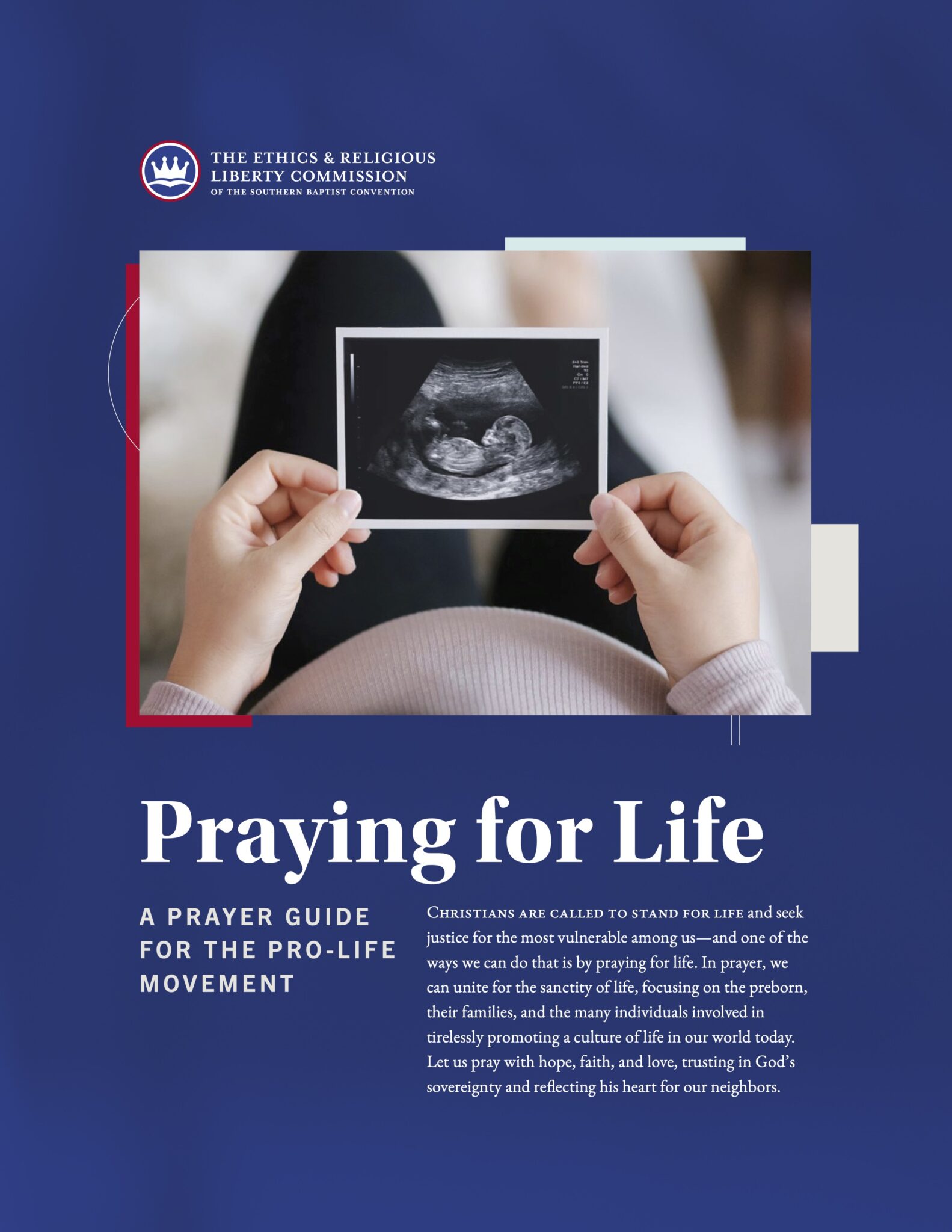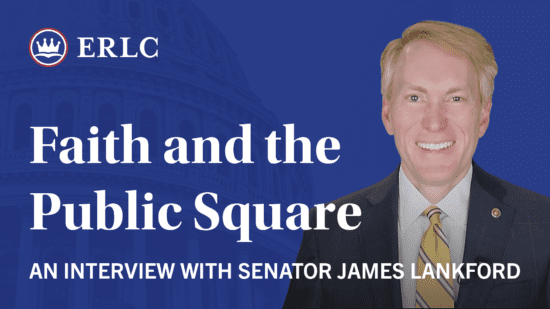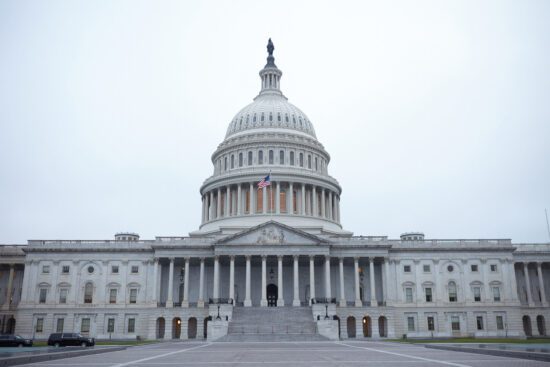Next Tuesday marks the 70th anniversary of the liberation of the Nazi German concentration and extermination camp Auschwitz. The first extermination of prisoners took place in September 1941, and Auschwitz II–Birkenau went on to become a major site of the Nazi "Final Solution to the Jewish question."
Here are five facts you should know about Nazi extermination camps:
1. The Nazis distinguished between extermination camps and concentration camps. The interchangeable terms extermination camp (Vernichtungslager) and death camp (Todeslager) refer to camps whose primary function was genocide. Unlike concentration camps, the Nazis did not expect the majority of prisoners taken to the extermination camps to survive more than a few hours after arrival. In the early years of the Holocaust, the Jews were primarily sent to concentration camps (where they would often die of torture and starvation), but from 1942 onwards they were mostly deported to the extermination camps.
2. Genocide at extermination camps was initially carried out in the form of mass shootings. However, the shootings proved to be too psychologically damaging to those being asked to pull the triggers. The Nazis next tried mass killing by blowing victims up with explosives, but that also was found unsuitable. The Nazis settled on gassing their victims (usually with carbon monoxide or a cyanide-based pesticide). Stationary gas chambers could kill 2,000 people at once. Once in the chambers, about one-third of the victims died immediately, though death could take up to 20 minutes.
3. The use of camps equipped with gas chambers for the purpose of systematic mass extermination of peoples was a unique feature of the Holocaust and unprecedented in history. Never before had there existed places with the express purpose of killing people en masse. These were extermination camps established at Auschwitz, Belzec, Chełmno, Jasenovac, Majdanek, Maly Trostenets, Sobibor, and Treblinka. For political and logistical reasons, the most infamous extermination camps were in Occupied Poland, since Poland had the greatest number of Jews living in Europe.
4. At various concentration and extermination camps, the Nazis conducted medical experiments on their prisoners, which included placing subjects in pressure chambers, testing drugs on them, freezing them, attempting to change eye color by injecting chemicals into children's eyes, and various amputations and other surgeries that were often conducted without anesthesia. The most notorious of these Nazi physicians was Dr. Josef Mengele, who worked in Auschwitz. According to one witness, Mengele sewed together a set of twins named Guido and Ina, who were about 4 years old, from the back in an attempt to create Siamese twins. Their parents were able to get some morphine and kill them to end their suffering.
5. The most commonly cited figure for the total number of Jews killed is six million—around 78 percent of the 7.3 million Jews in occupied Europe at the time. Additionally, the Nazis murdered approximately two to three million Soviet POWs, two million ethnic Poles, up to 1,500,000 Romani, 200,000 handicapped, political and religious dissenters, 15,000 homosexuals, and 5,000 Jehovah's Witnesses, bringing the total genocide toll to around 11 million.










